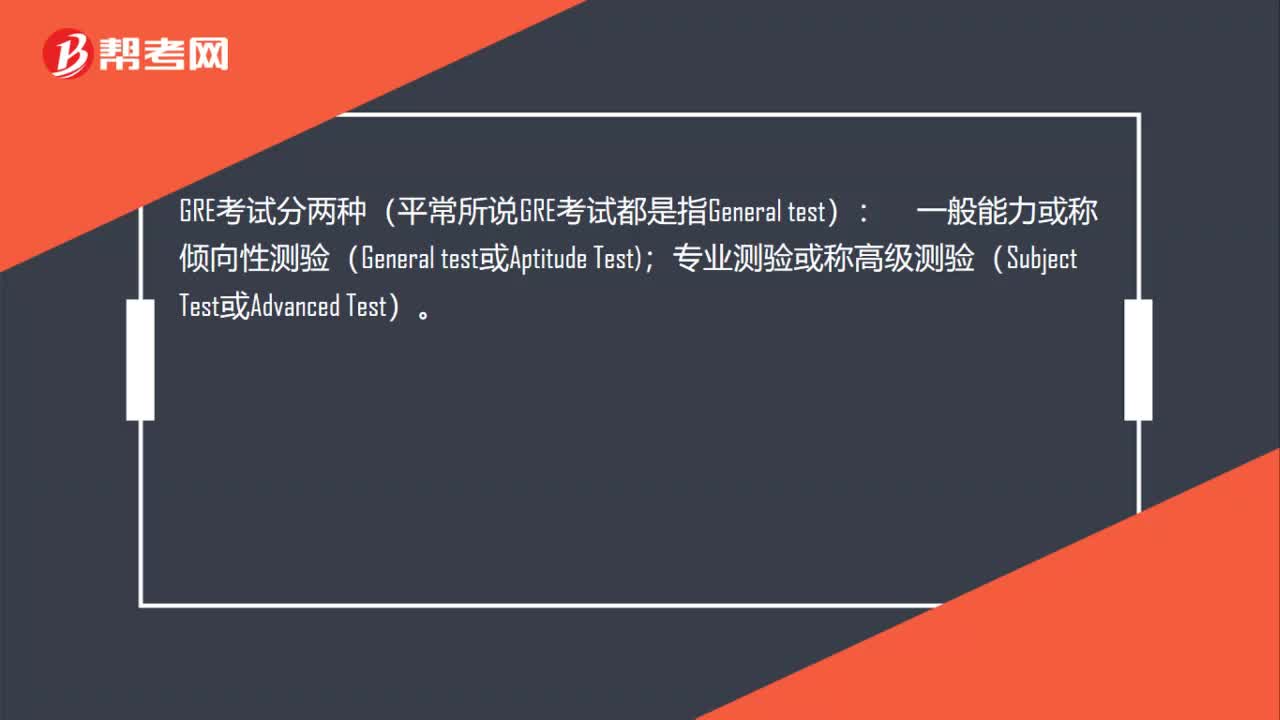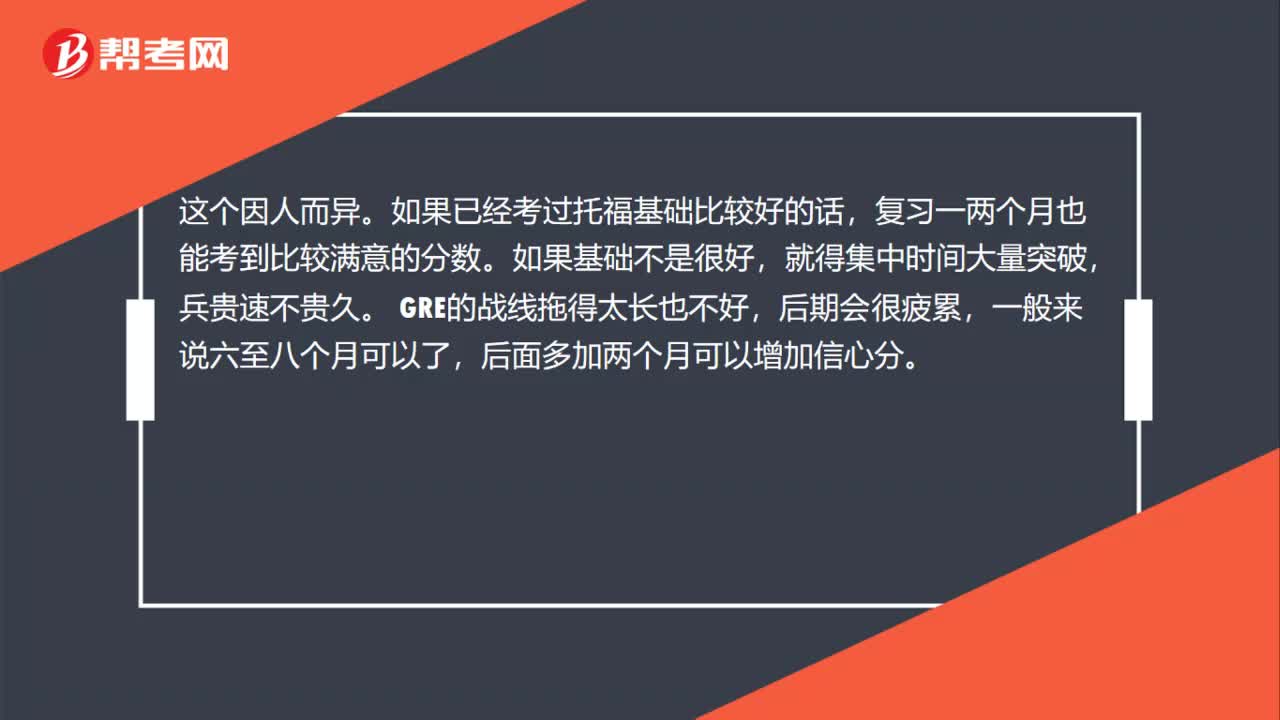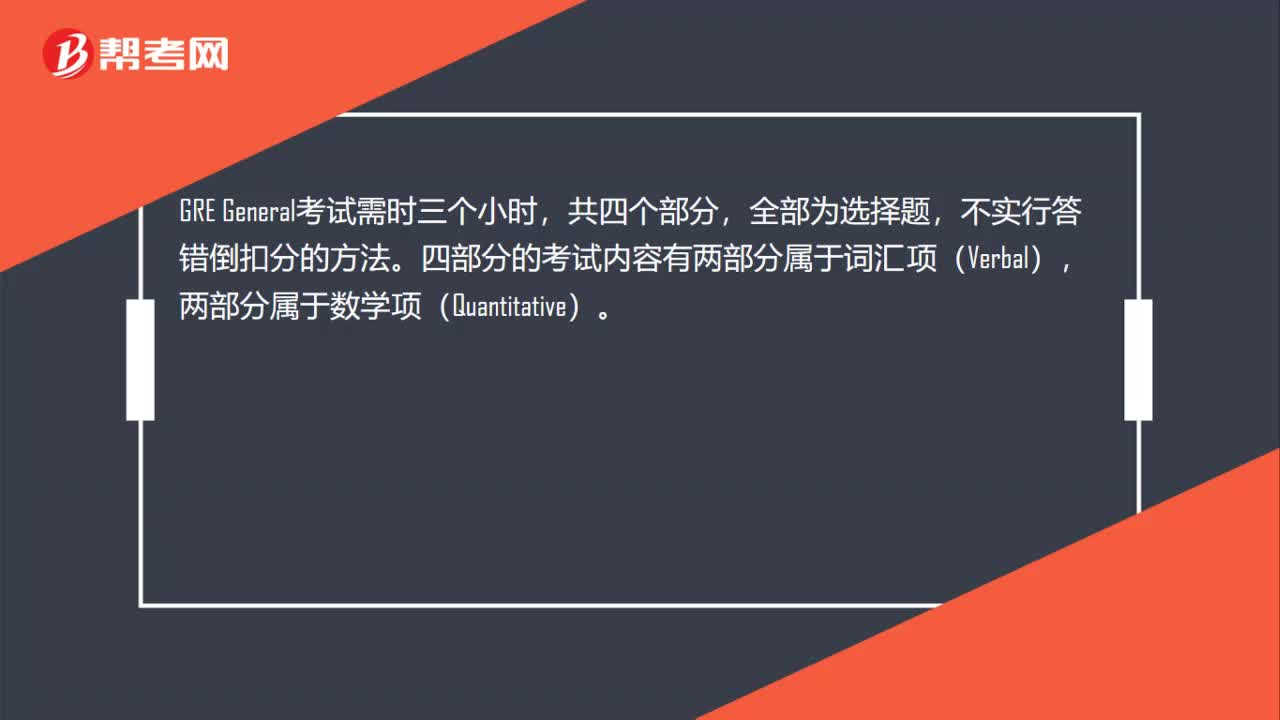
下载亿题库APP
联系电话:400-660-1360

下载亿题库APP
联系电话:400-660-1360

请谨慎保管和记忆你的密码,以免泄露和丢失

请谨慎保管和记忆你的密码,以免泄露和丢失

今年为了更好的帮助大家高效备考GRE的考试,帮考网在线为大家带来GRE阅读短文练习内容,希望对同学们的GRE备考有所帮助。更多内容请关注帮考网GRE频道!
The social sciences are less likely than other intellectual enterprises to get credit for (get credit for: 因...而得到好评) their accomplishments. Arguably, this is so because the theories and conceptual constructs of the social sciences are especially accessible: human intelligence apprehends truths about human affairs with particular facility (with facility: 容易). And the discoveries of the social sciences, once isolated and labeled, are quickly absorbed into conventional wisdom, whereupon (whereupon: adv.于是, 因此) they lose their distinctiveness as scientific advances.
This underappreciation of the social sciences contrasts oddly with what many see as their overutilization. Game theory is pressed into service (press into service: v.暂时征用) in studies of shifting international alliances. Evaluation research is called upon to demonstrate successes or failures of social programs. Models from economics and demography become the definitive tools for examining the financial base of social security. Yet this rush into practical applications is itself quite understandable: public policy must continually be made, and policymakers rightly feel that even tentative findings and untested theories are better guides to decision-making than no findings and no theories at all.
17. The author is primarily concerned with
(A) advocating a more modest view, and less widespread utilization, of the social sciences
(B) analyzing the mechanisms for translating discoveries into applications in the social sciences
(C) dissolving the air of paradox inherent in human beings studying themselves
(D) explaining a peculiar dilemma that the social sciences are in
(E) maintaining a strict separation between pure and applied social science
18. Which of the following is a social science discipline that the author mentions as being possibly overutilized?
(A) Conventional theories of social change
(B) Game theory
(C) Decision-making theory
(D) Economic theories of international alliances
(E) Systems analysis
19. It can be inferred from the passage that, when speaking of the “overutilization” (line 11) of the social sciences, the author is referring to the
(A) premature practical application of social science advances
(B) habitual reliance on the social sciences even where common sense would serve equally well
(C) practice of bringing a greater variety of social science disciplines to bear on a problem than the nature of the problem warrants
(D) use of social science constructs by people who do not fully understand them
(E) tendency on the part of social scientists to recast everyday truths in social science jargon
20. The author confronts the claim that the social sciences are being overutilized with
(A) proof that overextensions of social science results are self-correcting
(B) evidence that some public policy is made without any recourse to social science findings or theories
(C) a long list of social science applications that are perfectly appropriate and extremely fruitful
(D) the argument that overutilization is by and large the exception rather than the rule
(E) the observation that this practice represents the lesser of two evils under existing circumstances
The term “Ice Age” may give a wrong impression. The epoch that geologists know as the Pleistocene and that spanned the 1.5 to 2.0 million years prior to the current geologic epoch was not one long continuous glaciation, but a period of oscillating climate with ice advances punctuated by times of interglacial climate not very different from the climate experienced now. Ice sheets that derived from an ice cap (ice cap: n. 〈地〉冰帽;冰冠a cover of perennial ice and snow; specifically: a glacier forming on an extensive area of relatively level land and flowing outward from its center) centered on northern Scandinavia reached southward to Central Europe. And Beyond the margins of the ice sheets, climatic oscillations affected most of the rest of the world; for example, in the deserts, periods of wetter conditions (pluvials) contrasted with drier, interpluvial periods. Although the time involved is so short, about 0.04 percent of the total age of the Earth, the amount of attention devoted to the Pleistocene has been incredibly large, probably because of its immediacy, and because the epoch largely coincides with the appearance on Earth of humans and their immediate ancestors.
There is no reliable way of dating much of the Ice Age. Geological dates are usually obtained by using the rates of decay of various radioactive elements found in minerals. Some of these rates are suitable for very old rocks but involve increasing errors when used for young rocks; others are suitable for very young rocks and errors increase rapidly in older rocks. Most of the Ice Age spans a period of time for which no element has an appropriate decay rate.
Nevertheless, researchers of the Pleistocene epoch have developed all sorts of (all sorts of:各种各样的) more or less fanciful model schemes of how they would have arranged the Ice Age had they been in charge of events. For example, an early classification of Alpine glaciation suggested the existence there of four glaciations, named the Gunz, Mindel, Riss, and Wurm. This succession was based primarily on a series of deposits and events not directly related to glacial and interglacial periods, rather than on the more usual modern method of studying biological remains found in interglacial beds themselves interstratified within glacial deposits. Yet this succession was forced willy-nilly onto the glaciated parts of Northern Europe, where there are partial successions of true glacial ground moraines and interglacial deposits, with hopes of ultimately piecing them together to provide a complete Pleistocene succession. Eradication of the Alpine nomenclature is still proving a Herculean task (herculean task: 需要付出巨大气力的工作;极为艰巨的工作).
There is no conclusive evidence about the relative length, complexity, and temperatures of the various glacial and interglacial periods. We do not know whether we live in a postglacial period or an interglacial period. The chill truth seems to be that we are already past the optimum climate of postglacial time. Studies of certain fossil distributions and of the pollen of certain temperate plants suggest decreases of a degree or two in both summer and winter temperatures and, therefore, that we may be in the declining climatic phase leading to glaciation and extinction.
21. In the passage, the author is primarily concerned with
(A) searching for an accurate method of dating the Pleistocene epoch
(B) discussing problems involved in providing an accurate picture of the Pleistocene epoch
(C) declaring opposition to the use of the term “Ice Age” for the Pleistocene epoch
(D) criticizing fanciful schemes about what happened in the Pleistocene epoch
(E) refuting the idea that there is no way to tell if we are now living in an Ice Age
22. The “wrong impression” (line 1) to which the author refers is the idea that the
(A) climate of the Pleistocene epoch was not very different from the climate we are now experiencing
(B) climate of the Pleistocene epoch was composed of periods of violent storms
(C) Pleistocene epoch consisted of very wet, cold periods mixed with very day, hot periods
(D) Pleistocene epoch comprised one period of continuous glaciation during which Northern Europe was covered with ice sheets
(E) Pleistocene epoch had no long periods during which much of the Earth was covered by ice
23. According to the passage, one of the reasons for the deficiencies of the “early classification of Alpine glaciation” (lines 32-33) is that it was
(A) derived from evidence that was only tangentially related to times of actual glaciation
(B) based primarily on fossil remains rather than on actual living organisms
(C) an abstract, imaginative scheme of how the period might have been structured
(D) based on unmethodical examinations of randomly chosen glacial biological remains
(E) derived from evidence that had been haphazardly gathered from glacial deposits and inaccurately evaluated
24. Which of the following does the passage imply about the “early classification of Alpine glaciation” (lines 32-33)?
(A) It should not have been applied as widely as it was.
(B) It represents the best possible scientific practice, given the tools available at the time.
(C) It was a valuable tool, in its time, for measuring the length of the four periods of glaciation.
(D) It could be useful, but only as a general guide to the events of the Pleistocene epoch.
(E) It does not shed any light on the methods used at the time for investigating periods of glaciation.
25. It can be inferred from the passage that an important result of producing an accurate chronology of events of the Pleistocene epoch would be a
(A) clearer idea of the origin of the Earth
(B) clearer picture of the Earth during the time that humans developed
(C) clearer understanding of the reasons for the existence of deserts
(D) more detailed understanding of how radioactive dating of minerals works
(E) firmer understanding of how the northern polar ice cap developed
26. The author refers to deserts primarily in order to
(A) illustrate the idea that an interglacial climate is marked by oscillations of wet and dry periods
(B) illustrate the idea that what happened in the deserts during the Ice Age had far-reaching effects even on the ice sheets of Central and Northern Europe
(C) illustrate the idea that the effects of the Ice Age’s climatic variations extended beyond the areas of ice
(D) support the view that during the Ice Age sheets of ice covered some of the deserts of the world
(E) support the view that we are probably living in a postglacial period
27. The author would regard the idea that we are living in an interglacial period as
(A) unimportant
(B) unscientific
(C) self-evident
(D) plausible
(E) absurd
答案:17-27:DBAEBDAABCD
以上就是关于“GRE阅读短文练习内容40”的内容,想知道更多精彩内容,请关注帮考网GRE频道、你想知道的我都有哦!
 37
37GRE考试有几种类型?:GRE考试有几种类型?GRE考试分两种(平常所说GRE考试都是指General test):一般能力或称倾向性测验(General test或Aptitude Test;专业测验或称高级测验(Subject。Test或Advanced Test)
 44
44GRE考试一般要准备多久?:GRE考试一般要准备多久?这个因人而异。如果已经考过托福基础比较好的话,复习一两个月也能考到比较满意的分数。如果基础不是很好,就得集中时间大量突破,兵贵速不贵久。GRE的战线拖得太长也不好,后期会很疲累,一般来说六至八个月可以了,后面多加两个月可以增加信心分。
 38
38GRE考试需要几个小时?:GRE考试需要几个小时?GRE General考试需时三个小时,共四个部分,全部为选择题,不实行答错倒扣分的方法。四部分的考试内容有两部分属于词汇项(Verbal),两部分属于数学项(Quantitative)。